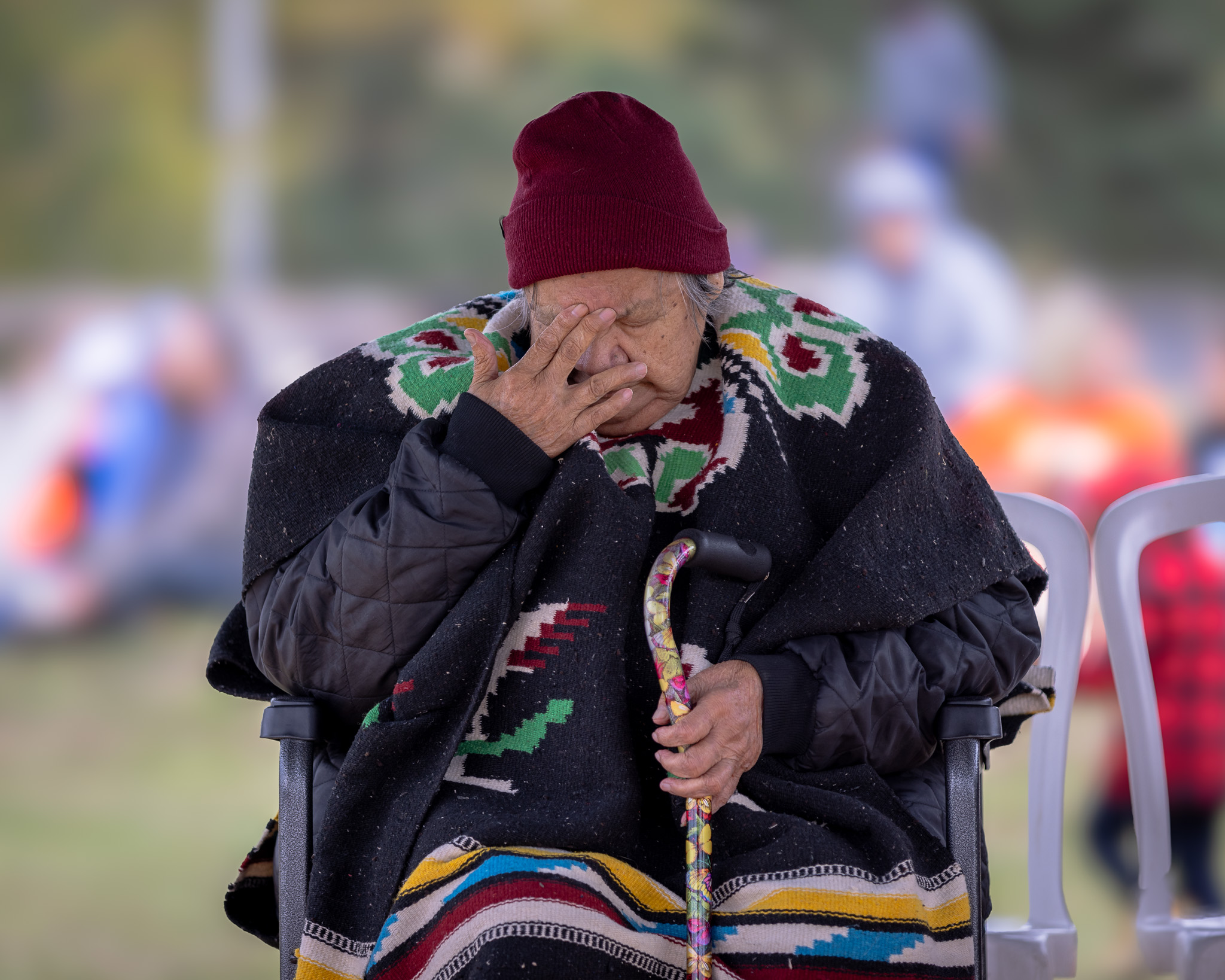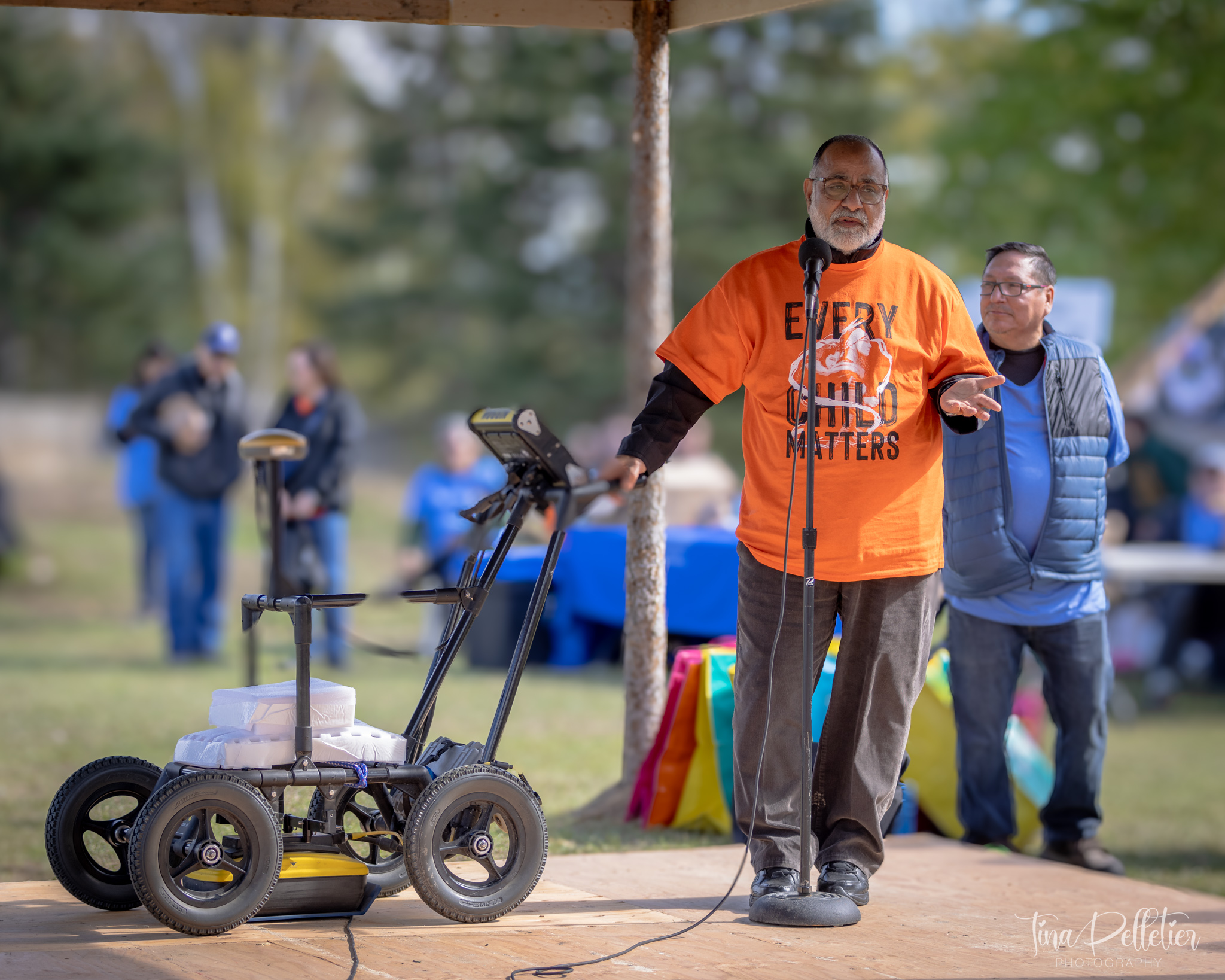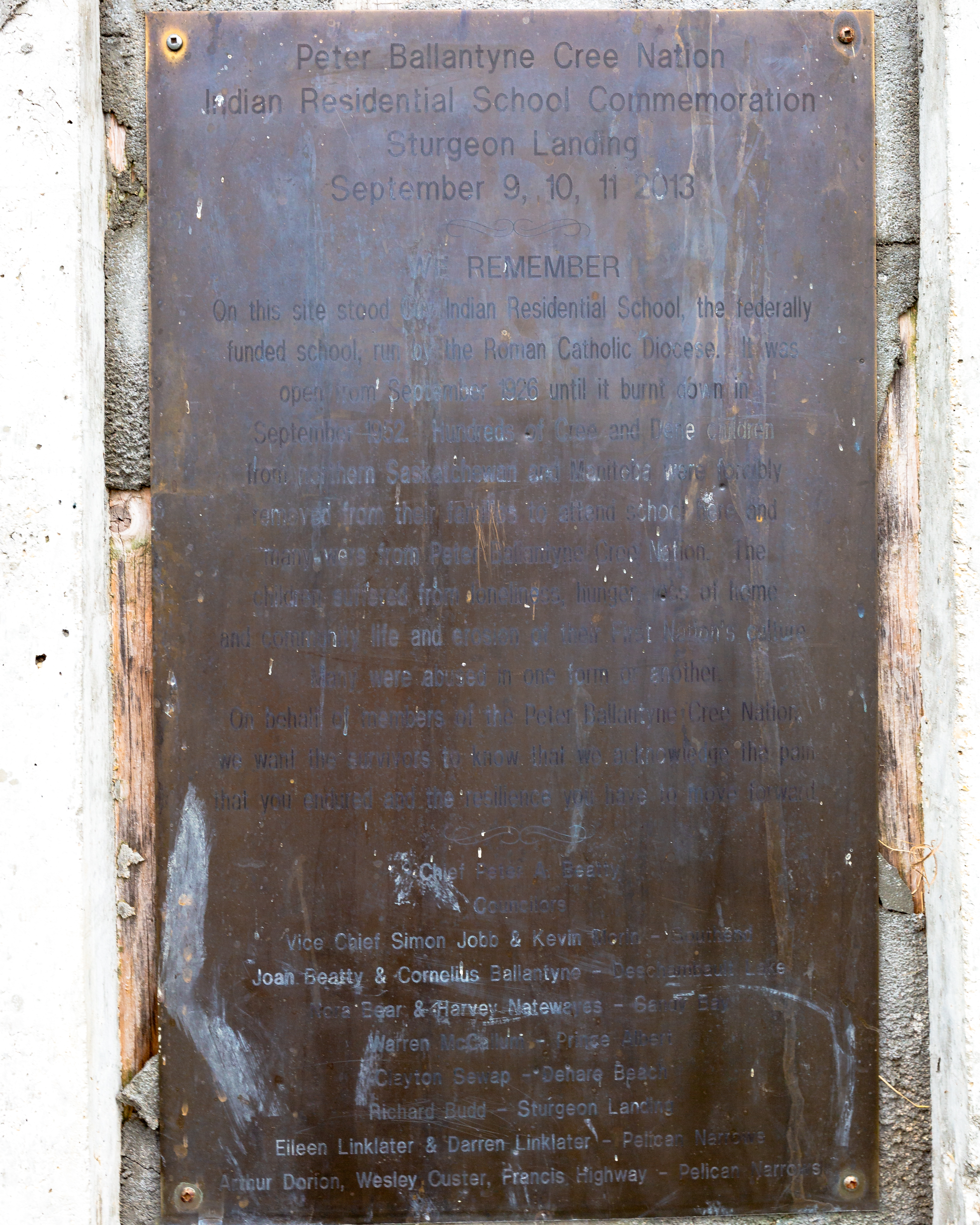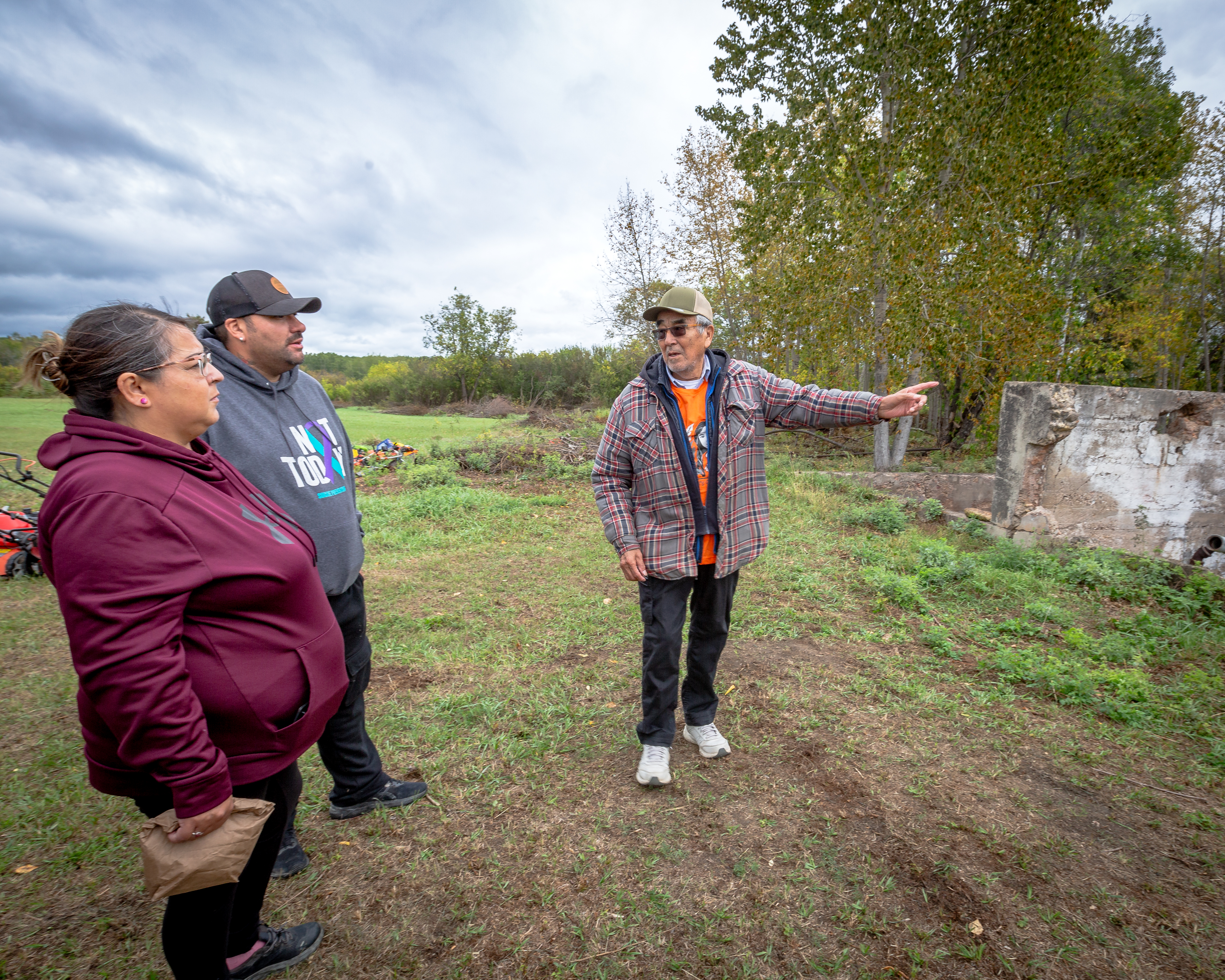
PBCN to search for unmarked graves at Sturgeon Landing former residential school site
Like others residential schools, the one at Sturgeon Landing saw outbreaks of illness during its operation between 1926 and 1952. The names of 43 students are listed on the National Centre for Truth and Reconciliation’s (NCTR) website remembering students who passed away. Now the Peter Ballantyne Cree Nation (PBCN), with help from Saskatchewan Polytechnic, is conducting a Ground Penetrating Radar (GPR) survey at the former residential school site with the goal of identifying unmarked graves.
 Elder Celina Bone, survivor and former student of Sturgeon Landing. (submitted photo/Tina Pelletier)
Elder Celina Bone, survivor and former student of Sturgeon Landing. (submitted photo/Tina Pelletier)The Sturgeon Landing School, located about 45 kilometres northeast of Cumberland House on the Saskatchewan-Manitoba border, was destroyed by fire in 1952 and was not rebuilt. According to the NCTR, pupils and most staff were moved to facilities in nearby The Pas where they remained until Guy Hill residential school was built on Clearwater Lake in 1957.
“Sturgeon Landing holds deep scars for our community,” said PBCN Vice Chief Justin Halcrow. “Many of our children were taken from their families, culture, and identities here. As we search for unmarked graves, we honour those who never returned and continue our path toward healing. Every child mattered, and we will ensure their stories are remembered, and their spirits honoured.”





